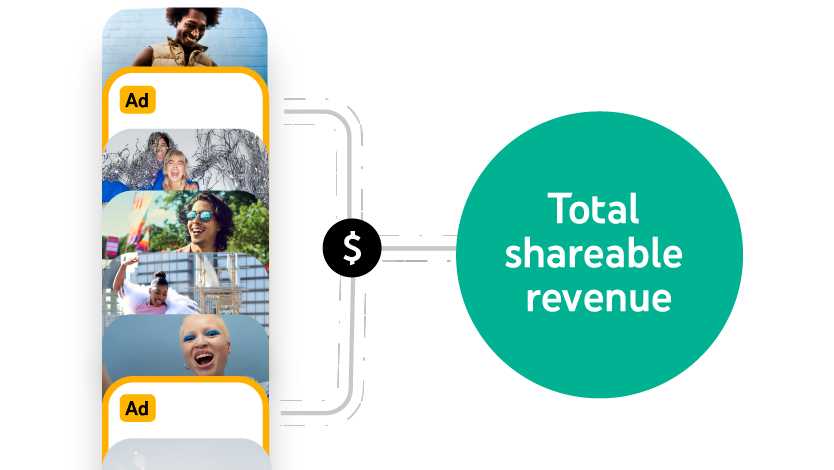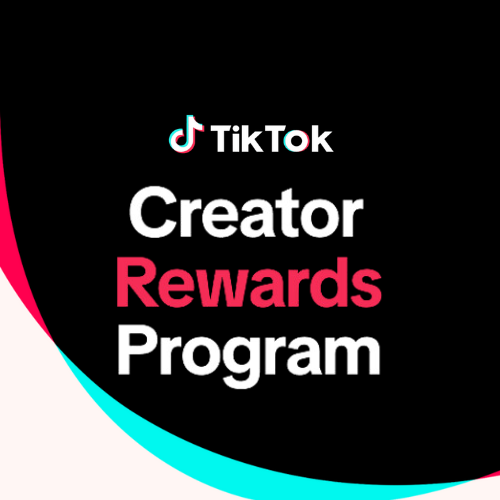YouTube-first for Vertical Mini Series: what it actually buys you (vs. TikTok and Vimeo)

This week there isn’t a flood of headline deals, so let’s use the quiet to zoom in on distribution. We’ve been hyper-focused on vertical-drama apps, but there’s a parallel signal: more mini-series producers are releasing directly on YouTube. Today, let’s study that path, and stack it up against TikTok and Vimeo.
The datapoint that flips strategy
Fresh MIP-week research from Ampere: among people who watch micro/mini-dramas, 44% watch on YouTube vs. 38% on TikTok with the strongest engagement in mobile-first Southeast Asia. That’s not an opinion; it’s a distribution map, and it argues for YouTube as a primary release window (not just a promo lane). ⇲
Trade recaps said the quiet part out loud: “not TikTok, but YouTube” is now the top social destination for micro-dramas. If your buyers don’t live inside app ecosystems, this matters.

What a YouTube release actually buys you (today)
Discovery + monetization in the same place.
Shorts handles reach; the Watch page handles steadier ad RPM. Since YouTube shares a pool of Shorts ad revenue (allocated by eligible engaged views per country) and pays 45% of the creator allocation, you can run episodic Shorts for discovery while publishing 5–12 minute chapter compilations for session time and watch-page ads, two surfaces, one channel.

Global language at upload.
YouTube just expanded multi-language audio to millions of creators; paired with the new language-specific thumbnails for dubbed videos, one upload can ship dubs and localized art without spinning extra channels. That cuts versioning overhead for day-one international releases.

Format fit keeps widening.
Shorts length has expanded (up to 3 minutes), giving story teams more room when 60 seconds is too tight, while the “sweet spot” for hook density still clusters around 15–90 seconds.

How teams are programming it.
The pattern we see repeatedly: post Episodes 1–3 as Shorts (pure reach); publish weekly chaptered compilations on the Watch page; use end-screens to route viewers to the full playlist, memberships, shopping, or a premium app window. This mirrors what Ampere observed generally, producers either post full episodes on social or use teasers to drive to paid apps; the most effective teams now do both on YouTube.

TikTok vs. YouTube vs. Vimeo: the tradeoffs (creator’s cut)
TikTok — the accelerant
- Strengths: unmatched cold discovery; a culture of serialized daily viewing; and multiple payout paths: Creator Rewards (eligibility requires ≥18, 10k followers, 100k views in 30 days; videos must be ≥1 minute), brand adjacency via Pulse, and Series, a paywall product for up to 80 videos, each up to 20 minutes.

- Limiters: payouts vary by region and program availability; policy/regulatory overhangs make it a tougher sell as a primary window in some U.S. rooms.
- Use it for: demand-gen and sampling (clips + select full eps ≥60s to qualify for Rewards), then ladder viewers to YouTube (ads) or your paywall.
YouTube — the main stage
- Strengths: biggest share of micro-drama viewing; dual monetization (Shorts pool + watch-page ads); multi-language audio and localized thumbnails for one-upload globalization; memberships, tips, and shopping add layers. ⇲
- Limiters: you don’t own pricing or first-party user data; RPMs swing by territory/season; the feed is competitive.
- Use it for: release + monetization in one place; keep a premium app window only for arcs that need price control.
Vimeo OTT — the owned storefront
- Strengths: white-label SVOD/TVOD with predictable fees ($1/subscriber/month for SVOD; 10% + $0.50 per TVOD transaction); you own the brand and the data. ⇲
- Limiters: minimal algorithmic discovery, you must bring demand; think infrastructure, not a feed.
- Use it for: superfans, B2B, or territories where you need your own storefront while YouTube/TikTok supply the audience.
When should your show “live” where?
- Go YouTube-first if the brief is fast global reach with built-in ad yield and day-one multilingual. Pair Shorts (reach) with compilations (RPM) and ship dubs on upload.

- Lean TikTok when you can sustain ≥60s episodes with high retention and plan to monetize via Creator Rewards or Series; otherwise treat it as your top-of-funnel engine.

- Stand up Vimeo OTT when you need price control + data ownership and have a marketing plan to drive there (YouTube end-screens, community posts, shorts). ⇲
In a quiet news week, the market’s loudest signal is structural: YouTube is now the primary social destination for micro-dramas, and its toolset (ad-share, multilingual audio, localized thumbnails, longer Shorts) finally supports a true, global release window, not just teaser traffic. Keep your app window where ARPU is highest, but for reach and language scale, a YouTube-first layer is no longer optional.












